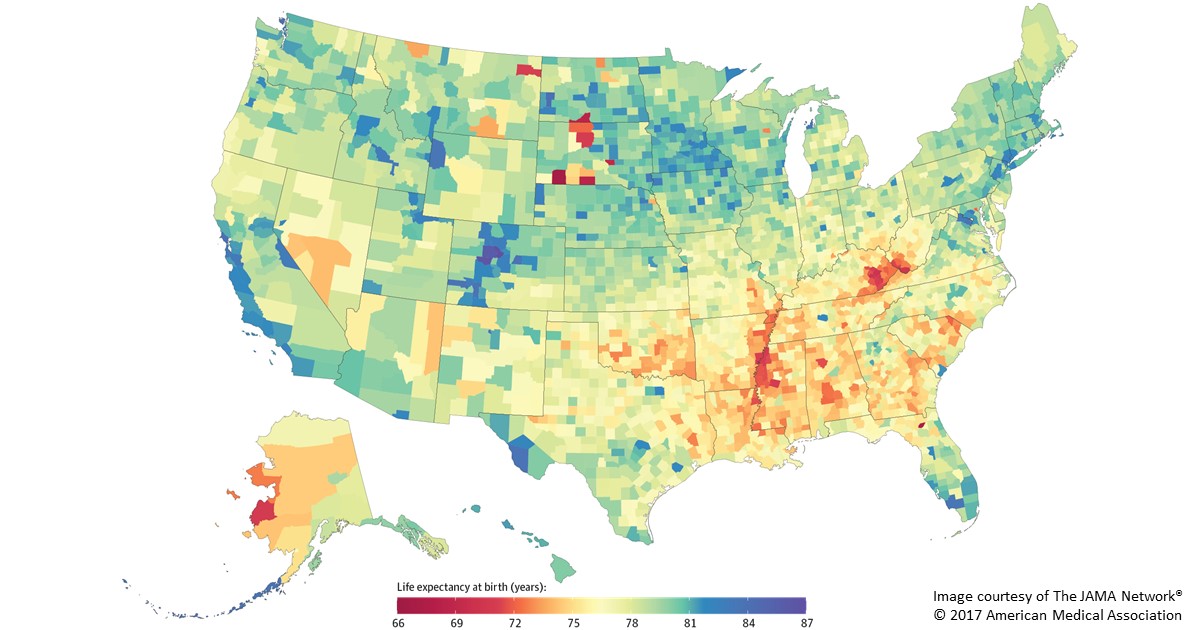health
Celebrating Our Nation’s Birth and What It Means for All of Us
Posted on by Dr. Francis Collins
Happy Fourth of July! It’s the perfect time to fire up the grill, go watch some fireworks, and pay tribute to the vision of all who founded the United States of America. The Fourth of July also stands as a reminder of the many new opportunities that our nation and its people continue to pursue. One of the most exciting is NIH’s All of Us Research Program, which is on the way to enrolling 1 million or more Americans from all walks of life to create a resource that will accelerate biomedical breakthroughs and transform medicine.
What exactly do I mean by “transform?” Today, most medical care is “one-size-fits-all,” not tailored to the unique needs of each individual. In order to change that situation and realize the full promise of precision medicine, researchers need a lot more information about individual differences in lifestyle, environment, and biology. To help move precision medicine research forward, our nation needs people like you to come together through the All of Us program to share information about your health, habits, and what it’s like where you live. All of your information will be protected by clear privacy and security principles.
All of Us welcomes people from across our diverse land. Enrollment in the research program is open to all, and anyone over the age of 18 who is living in the United States can join. Since full enrollment began in May, three of every four volunteers have come from groups traditionally underrepresented in biomedical research. These include people from a multitude of races and ethnicities, as well as folks with disabilities and those who live in remote or rural communities.
So, as you celebrate the birth of the United States this Independence Day, I ask you also to look ahead to our nation’s future and what you can do to make it brighter. One way you can do that is to consider joining me and thousands of other Americans who’ve already signed up for All of Us. Together, we can build a resource that will revolutionize medicine for generations to come. Thanks, and have a safe and glorious Fourth of July!
Links:
All of Us (NIH)
Video: What is All of Us?
Video: All of Us: Importance of Diversity
Video: All of Us Launch
I Handed Over My Genetic Data to the NIH. Here’s Why You Should, Too (STAT)
NIH Support: NIH Office of the Director
Widening Gap in U.S. Life Expectancy
Posted on by Dr. Francis Collins

Caption: Life expectancy at birth by county, 2014. Life expectancy into 80s (blue), 70s (green, yellow, orange), 60s (red).
Americans are living longer than ever before, thanks in large part to NIH-supported research. But a new, heavily publicized study shows that recent gains in longevity aren’t being enjoyed equally in all corners of the United States. In fact, depending on where you live in this great country, life expectancy can vary more than 20 years—a surprisingly wide gap that has widened significantly in recent decades.
Researchers attribute this disturbing gap to a variety of social and economic influences, as well as differences in modifiable behavioral and lifestyle factors, such as obesity, inactivity, and tobacco use. The findings serve as a sobering reminder that, despite the considerable progress made possible by biomedical science, more research is needed to figure out better ways of addressing health disparities and improving life expectancy for all Americans.
In the new study published in JAMA Internal Medicine, a research team, partially funded by NIH, found that the average American baby born in 2014 can expect to live to about age 79 [1]. That’s up from a national average of about 73 in 1980 and around 68 in 1950. However, babies born in 2014 in remote Oglala Lakota County, SD, home to the Pine Ridge Indian Reservation, can expect to live only about 66 years. That’s in stark contrast to a child born about 400 miles away in Summit County, CO, where life expectancy at birth now exceeds age 86.
Can You Spot The Health Risk?
Posted on by Dr. Francis Collins
Nearly 3 billion people in the developing world—almost half the global population—cook food and heat their homes with traditional indoor cookstoves or open fires.
Toxic emissions from these indoor cooking fires cause low birth weights among babies; pneumonia in young children; and heart and lung problems in adults. All told, more than 2 million people die prematurely every year as a result of poorly ventilated indoor cooking fires, such as this one in India.
At the NIH, our research efforts focus on reducing the impact of existing cookstoves, while evaluating new, cleaner technologies to improve human health.

